Blog
Are you suffering from uncomfortable urinary problems? Read this!
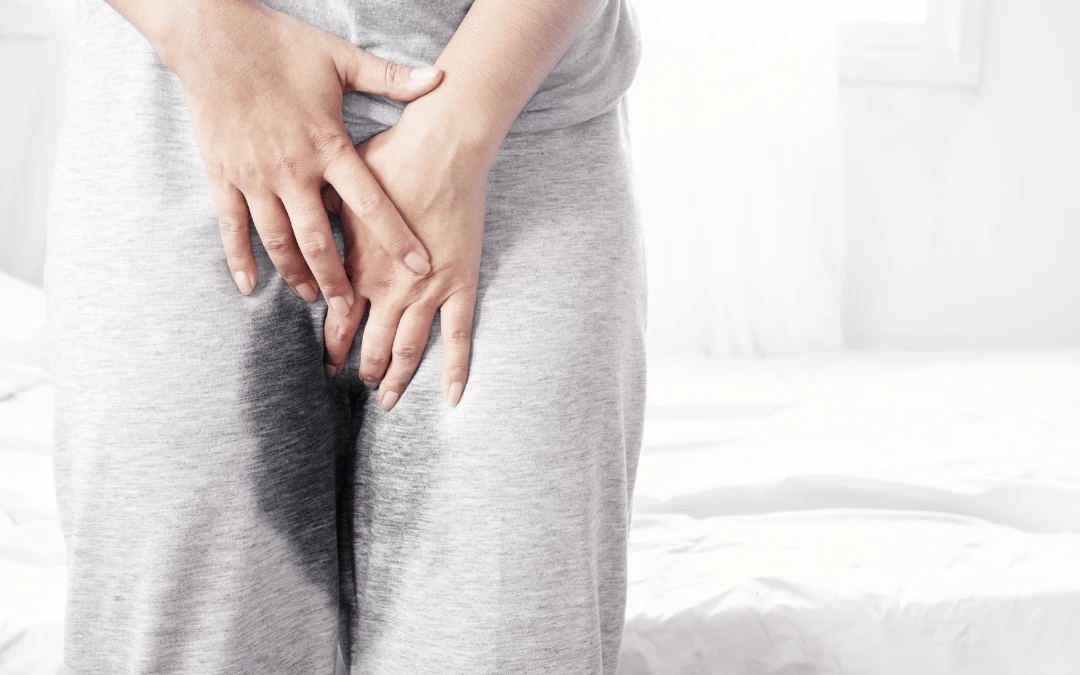
Urinary disorders are not uncommon, especially for women. The awful experiences of painful urination, constant need to pee, or even an embarrassing moment of urine leakage when coughing are all too familiar. However, it may surprise you to learn that these are the most common problems women face time and time again, but no one talks about.
The truth is that urinary incontinence, overactive bladder (OAB), urinary tract infections (UTI), and nocturia are much more common than most people realize. Unfortunately, most people who suffer from urinary symptoms do not talk about it with their friends, let alone their doctors, maybe because they are embarrassed.
Understanding Urinary Incontinence
Urinary incontinence is when one is unable to control urination at the wrong time and in the wrong place.1 Urine may pass involuntarily when bladder control is lost.2
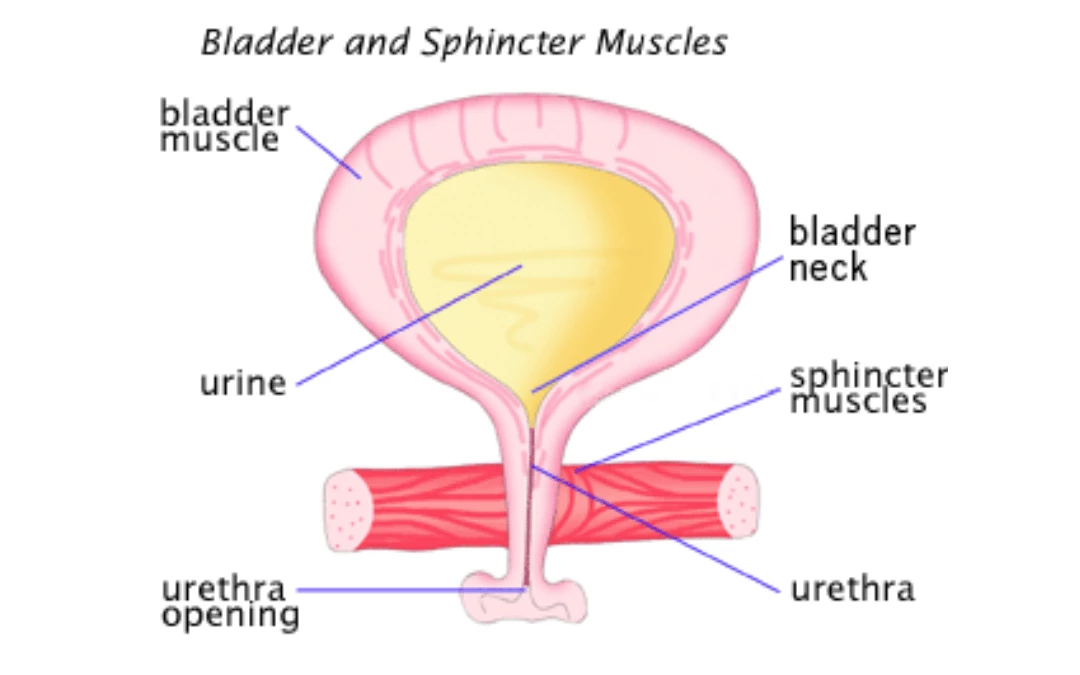
Image credit from https://rozeenamusa.com.au/urogynaecology/
During healthy and normal process of urination, the bladder muscles contract and tighten, forcing urine out through a tube called the urethra. At the same time, the sphincter muscles around the urethra relax to allow urine to flow out of the body.2
Incontinence happens when the bladder muscles suddenly tighten and the sphincters are not strong enough to close the urethra. This causes a sudden strong urge to urinate that the body cannot control.2
Laughing, sneezing, coughing, or exercising can cause the body to leak urine due to pressure. Urinary incontinence can cause the body to leak a small or large amount of urine all at once. This can be an uncomfortable situation that negatively affects quality of life and causes most sufferers to turn away from treatment.1
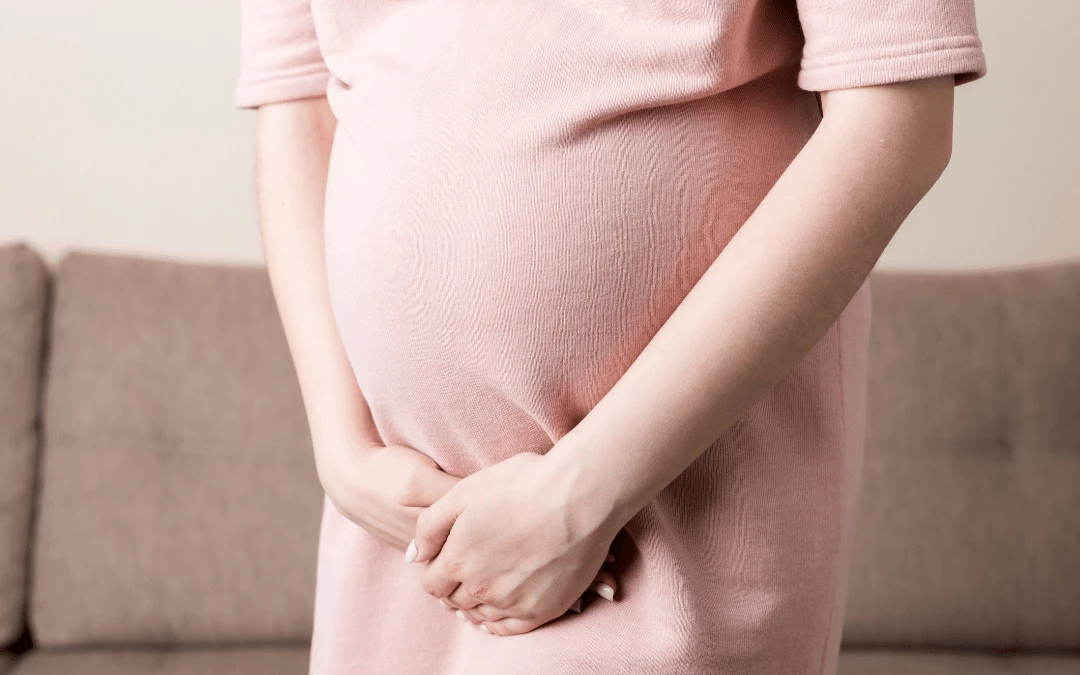
Urinary Incontinence affects twice as many women as men
Studies have shown that women are two to three times more likely to be affected by urinary incontinence.3 This is because pregnancy, childbirth and menopause can affect the bladder, urethra and urinary system.
There are a few types of urinary incontinence, with these 4 types being the most common,
1. Stress Incontinence: -
- The most common type of incontinence affecting younger women
- Occurs when stress or pressure is placed on the bladder
- Occurs when bladder muscles are weakened due to childbirth, pregnancy, chronic coughing, or age
- Triggered by coughing, sneezing, laughing or physical activity
2. Urge Incontinence: -
- Often occurs in older women
- Sometimes referred to as overactive bladder (OAB)
- Occurs when your bladder muscles do not contract properly or lose the ability to relax
- You feel a constant urge to urinate, even when the bladder is empty
- UTIs can cause temporary urge incontinence and disappear when infection clears up
3. Mixed Incontinence
- Combination of stress and urge incontinence
- Many women with urinary incontinence suffer from both stress and urge incontinence
4. Overflow Incontinence
- Commonly occurs in men with enlarged prostates (benign prostatic hyperplasia)
- Sometimes known as “dribbling” which is a constant dribbling of urine afterwards
- Occurs when the bladder does not empty completely during urination
- Tend to urinate frequently but in small amounts
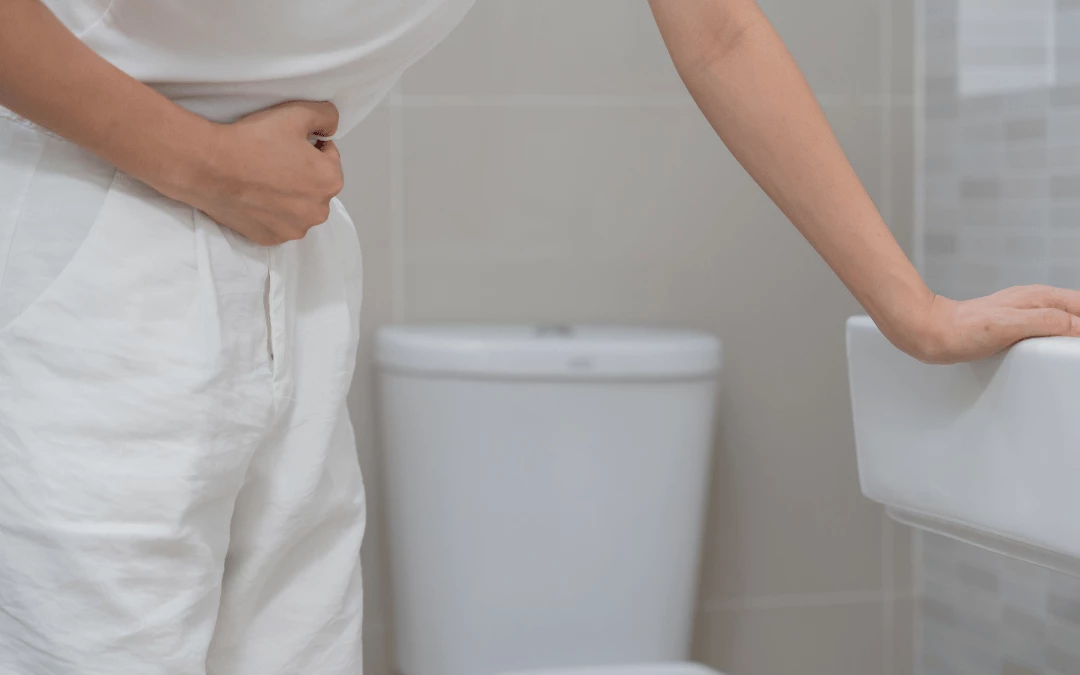
Understanding Overactive Bladder (OAB)
OAB is the sudden and strong urge to urinate more frequently even when the bladder is not full.8 It’s a condition in which the bladder cannot hold urine normally.9 A person with OAB often feels a strong urge to urinate and may have an accident that leaks urine.
OAB Symptoms:
- Sudden strong urge to urinate
- Urine leak after uncontrolled urge to urinate, also known as “urge incontinence”
- Urinates more than 8 times per day during the day
- Frequent urination of more than 2 times a night also known as “nocturia”
Causes of OAB:
- High alcohol or caffeine consumption that causes the body to produce more urine
- Nerve damage in the bladder, urethra or pelvic floor muscles due to diabetes, kidney disease, multiple sclerosis or Parkinson’s disease
- Enlarged prostate or benign prostatic hyperplasia in men
- UTIs can result in temporary OAB symptoms but they go away when the infection clears up
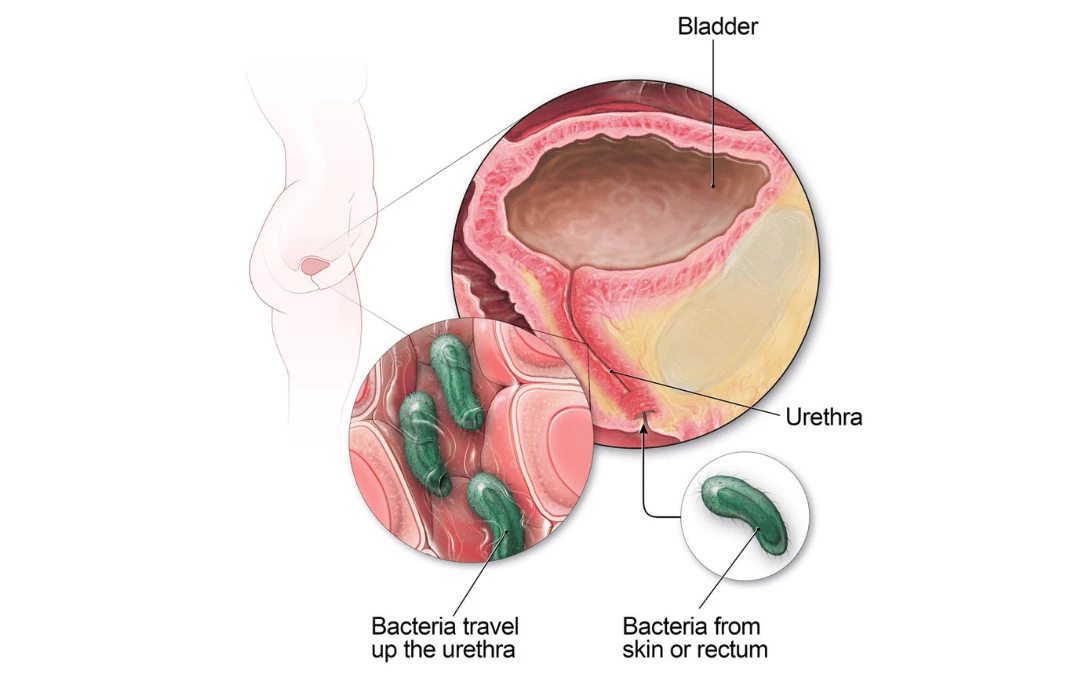
Image credit from https://www.cdc.gov/antibiotic-use/uti.html#:~:text=What%20is%20a%20urinary%20tract,a%20bladder%20infection%20(cystitis)
Understanding UTIs
Urinary tract infection (UTI), as the name implies, is a type of bacterial infection that occurs anywhere in the urinary system such as the urethra, bladder, and kidneys.11 It occurs when bacteria from the skin or rectum enter the urethra and infect the urinary tract.
The most common bacterium causing UTIs is Escherichia coli (E. coli).12 In women, the urethra is shorter and closer to the rectum, making it easier for bacteria to enter the bladder or kidneys and cause infection. About 60% of women have at least one UTI in their lifetime.11
Risks of UTIs:
- Sexual activity
- Changes in the bacteria that live in the vagina. Menopause can cause these bacterial changes
- Pregnancy
- Enlarged prostate in men
- Poor hygiene especially in the genital area
- Inadequate fluid intake
UTIs Symptoms:
- Pain or burning during urinating
- Frequent urination
- Strong, intense urge to pee even if the bladder is empty
- Blood in the urine
Treating urinary problems the natural way
Urinary Incontinence and OAB
Urinary tract dysfunction can be very distressing. There are several treatment options such as lifestyle remedies, medication, injections and surgery to relieve and control symptoms. Recently, many people have opted for natural supplementation to relieve urinary problems, as they have been shown to be effective and reduce the likelihood of unpleasant side effects often associated with medications.
We present: URIFLO from Kordel’s for your urination problem. The proprietary combination of EFLA® 940 water-soluble pumpkin seed extract with SoyLife® soy germ isoflavone extract is the clinically proven answer to urinary incontinence, overactive bladder, and frequent nighttime urination.
The powerful combination of ingredients in Uriflo helps support and maintain bladder muscle strength and balance hormones to create a stronger and firmer urethra, resulting in healthy urine flow.
Clinical studies have shown that the herbal combination supports healthy and normal urinary function. The product has been shown to:
- Reduce the number of daily episodes of urinary incontinence
- Improve symptoms of overactive bladder
- Reduce the number of nighttime trips to the toilet
- Improve sleep satisfaction
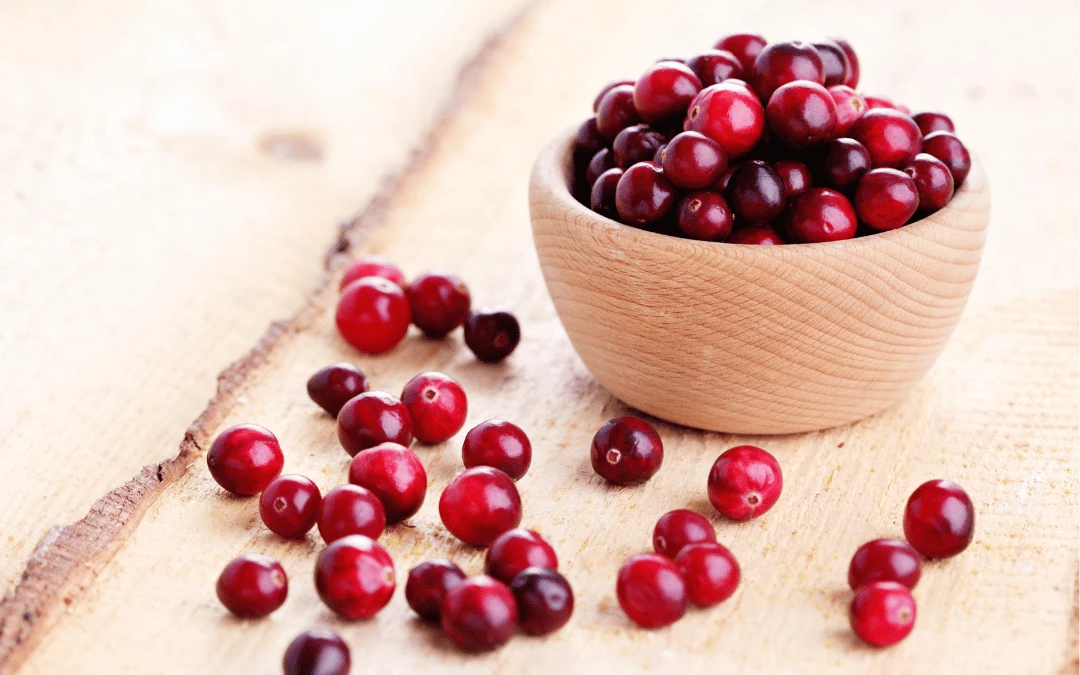
Urinary Tract Infections (UTIs)
The bacterium, E. coli is the most common cause of UTIs and antibiotics are needed to treat UTIs. Antibiotics can be an effective treatment for UTIs, but they can also cause side effects. Side effects can include, nausea, diarrhoea, and yeast infections.11 A more serious side effect includes antibiotic-resistant infections, the leading cause of recurrent UTIs.13
Antibiotic-resistant infections are now a global health epidemic, mainly caused by the overuse of antibiotics, killing at least 1.27 million people worldwide.13 Antibiotic resistance occurs when bacteria and fungi develop the ability to defeat the drugs used to kill them.
In Malaysia, E. coli bacteria have been found to be 68 to 100% resistant to aminopenicillin and over 85% resistant to ciprofloxacin and cefuroxime.14 They are the most commonly used antibiotics to treat UTIs. Resistance to antibiotics can result in ineffective treatment of UTIs.
A non-antibiotic approach to preventing and treating UTIs could be a breakthrough solution.
Cranberry – effective non-antibiotic alternative for UTIs
Cranberry is a famous berry for the prevention of UTIs.
The American Urological Association (AUA) in its new guidelines highlights cranberry as an effective preventive agent means of for recurrent UTIs.15 However, not all cranberries are equally effective in preventing or treating UTIs. This is because cranberry contains an active ingredient called A-type proanthocyanidins (PACs), which are responsible for the process of bacterial anti-adhesive activity (AAA) in the urinary tract system.
This process prevents E. coli bacteria from adhering to the walls of the urinary tract and causing infection. Most cranberry preparations on the market do not contain PAC-Type A, which is not quantified. Therefore, their use to treat UTIs is not recommended. The recommended daily dose of PACs Type-A is 36 mg/day for the prevention of UTIs.14
We recommend: Kordel’s Bio-Cran, with Oximacro® cranberry extract. Each capsule guarantees 36 mg of PACs Type-A. This is truly a pharmaceutical grade of cranberry.
With the exact quantity of PACs Type-A, Kordel’s Bio-Cran has been shown to
- Eliminate E. coli infections
- Reduce bacterial counts
- Relieve UTI symptoms within 7 days in patients with urinary tract infections
This results in a reduction in the risk of recurrent urinary tract infections.
Conclusion
Frequent urination, a strong, persistent urge to urinate, and urinary leakage are the most common symptoms of urinary incontinence, OAB and UTI. Although the symptoms may be similar, each condition is very different in itself and requires different treatments.
If you suffer from urinary incontinence or OAB or a weak bladder, Kordel's Uriflo is an effective treatment option.
If you struggle with recurring UTIs or are looking for a way to prevent antibiotic resistance, Kordel's Bio-Cran may be an excellent solution.
Both Kordel's Bio-Cran and Uriflo are gentle and do not cause side effects like harsh medications can.
Don't wait any longer! Put an end to your urinary problems! Take the first step to regaining control of your life. With these two products, you will not only take control of your urinary tract health but also your well-being and happiness.
References
- Sensoy, N., Dogan, N., Ozek, B., & Karaaslan, L. (2013). Urinary incontinence in women: Prevalence rates, risk factors and impact on quality of life. Pakistan Journal of Medical Sciences, 29(3), 818-822. https://doi.org/10.12669/pjms.293.3404
- Urinary incontinence. (n.d.). Retrieved from https://www.womenshealth.gov/a-z-topics/urinary-incontinence#:~:text=Urinary%20incontinence%20is%20usually%20caused,Overweight.
- Zengin N. Urinary incontinence prevalence and risk factors in women. Firat Saglik Hizmetleri Dergisi. 2010;5(13):45–60.
- Reddy, J., & Paraiso, M.F.R. (2010). Primary Stress Urinary Incontinence: What to Do and Why. Reviews in Obstetrics & Gynecology; 3(4): 150–155.
- Stewart, W.F., et al. (2003). Prevalence and Burden of Overactive Bladder in the United States. World Journal of Urology; 20(6): 327–336.
- Holland, K. (2019). Menopause and Urinary Incontinence. Retrieved from https://www.healthline.com/health/menopause/urinary-incontinence#causes
- Ross-Hazel, L. (2023). Overflow Incontinence. Retrieved from https://www.healthline.com/health/overactive-bladder/overflow-incontinence#causes-and-risk-factors
- Overactive bladder vs. urge incontinence: What to know. (n.d.). Retrieved from https://www.medicalnewstoday.com/articles/overactive-bladder-vs-urge-incontinence#differences
- Godman, H. (2020). Overactive Bladder vs. Urinary Incontinence and UTI. Retrieved from https://www.healthline.com/health/overactive-bladder-vs-urinary-incontinence-vs-uti
- Lightner, D. J., Gomelsky, A., Souter, L., & Vasavada, S. P. (2019). Journal of Urology, 202(3), 558–563. doi:10.1097/ju.0000000000000309
- Urinary Tract Infections in Adults. (n.d.). Retrieved from https://www.urologyhealth.org/urology-a-z/u/urinary-tract-infections-in-adults
- Flores-Mireles, A. L., Walker, J. N., Caparon, M., & Hultgren, S. J. (2015). Urinary tract infections: Epidemiology, mechanisms of infection and treatment options. Nature Reviews. Microbiology, 13(5), 269. https://doi.org/10.1038/nrmicro3432
- About Antibiotic Resistance. (2022). Retrieved from https://www.cdc.gov/drugresistance/about.html
- Chughtai B, Thomas D, Howell A. 2016. Variability of commercial cranberry dietary supplements for the prevention of uropathogenic bacterial adhesion. Am J Obstet Gynecol. 215(1):122-123.
- Anger J et al. “Recurrent Uncomplicated Urinary Tract Infections in Women: AUA/CUA/SUFU Guideline.” Published on American Urological Association website. at https://www.auanet.org/guidelines/recurrent-uti. (2019). Accessed May 30, 2019.
- Occhipinti A, Germano A, Ma_ei ME. 2016. Prevention of Urinary Tract Infection with Oximacro, A Cranberry Extract with a High Content of A-Type Proanthocyanidins: A Pre-Clinical Double-Blind Controlled Study. Urol J. 13(2):2640-2649.

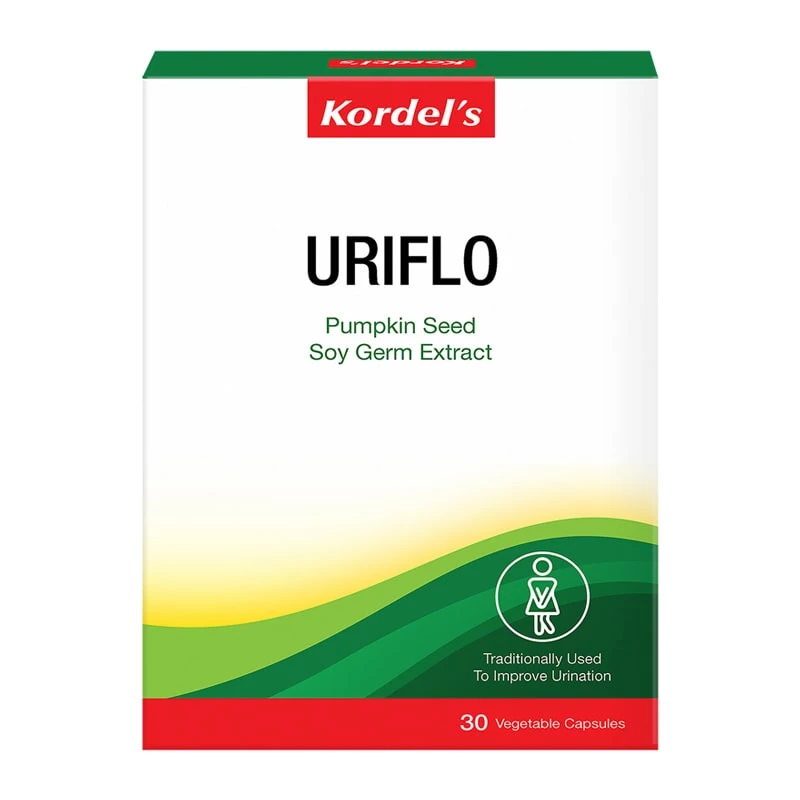
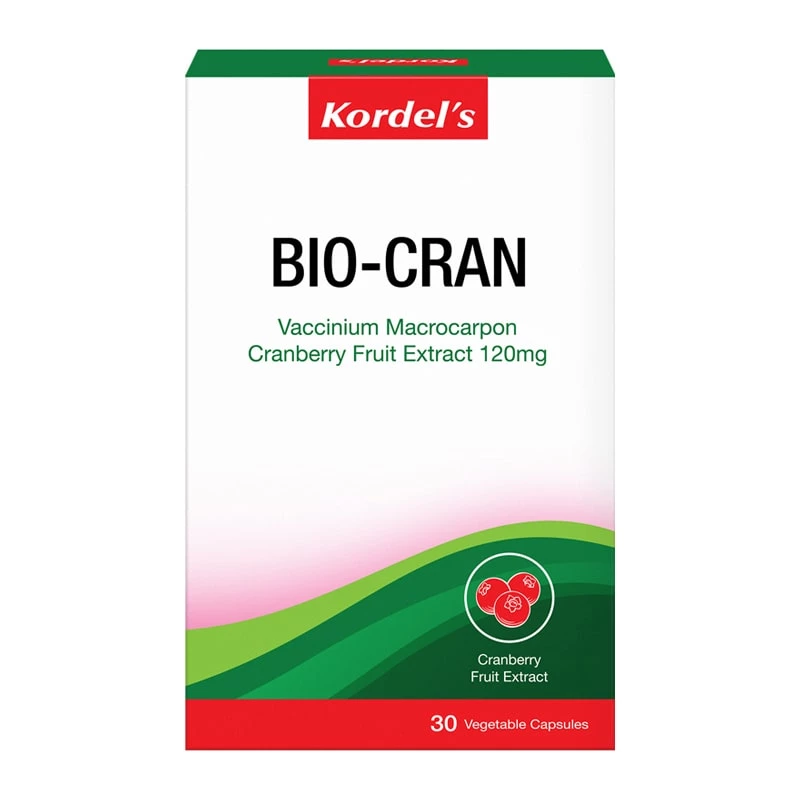
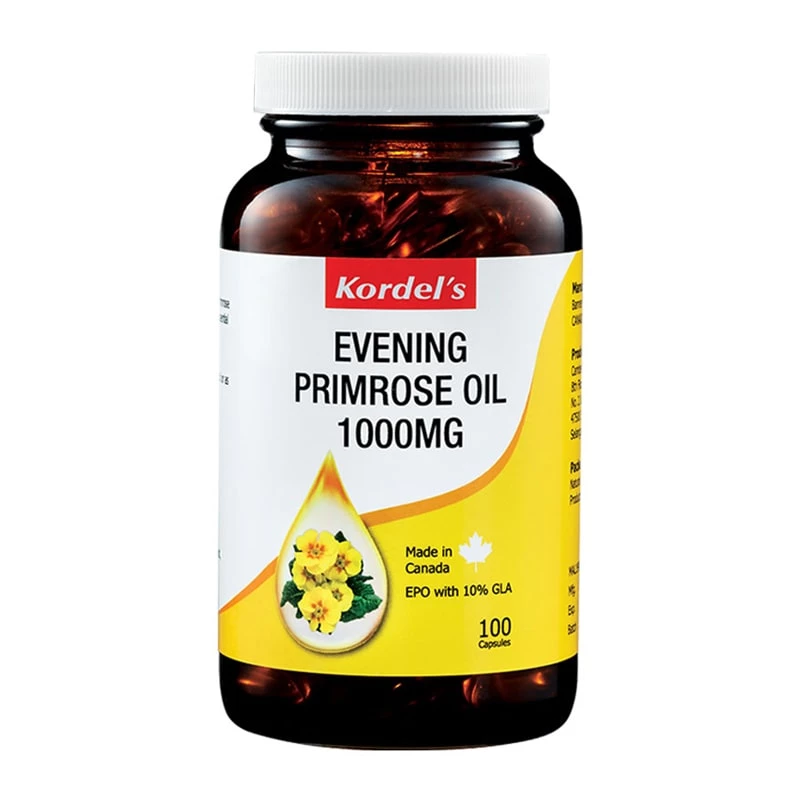
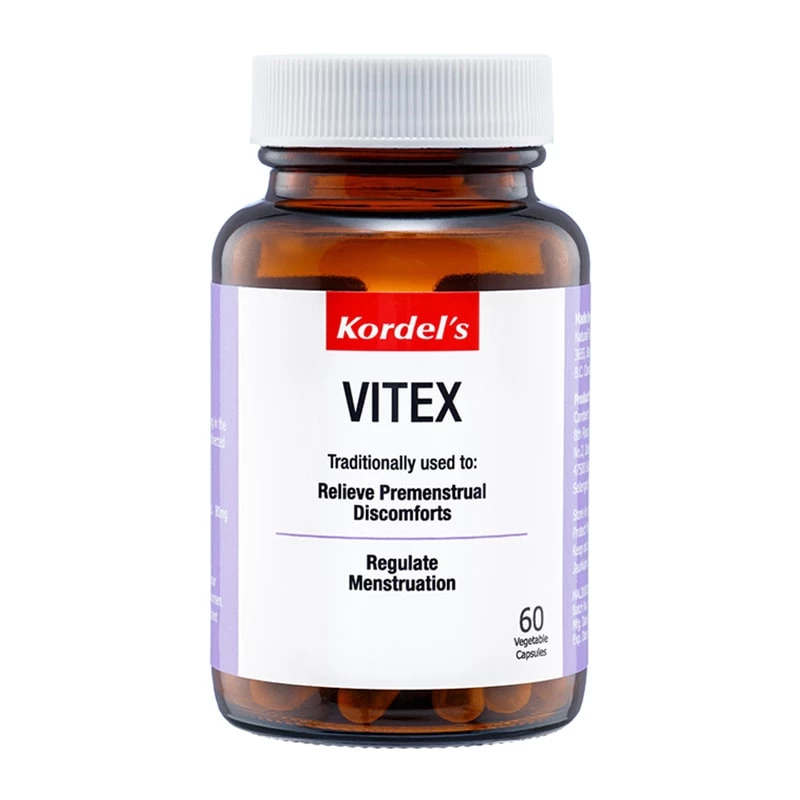
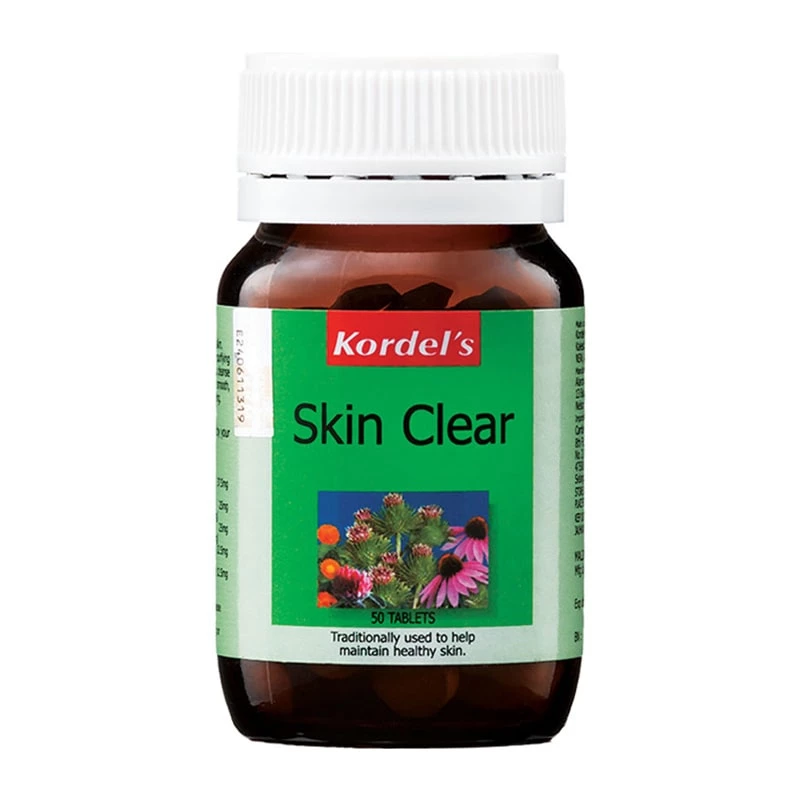
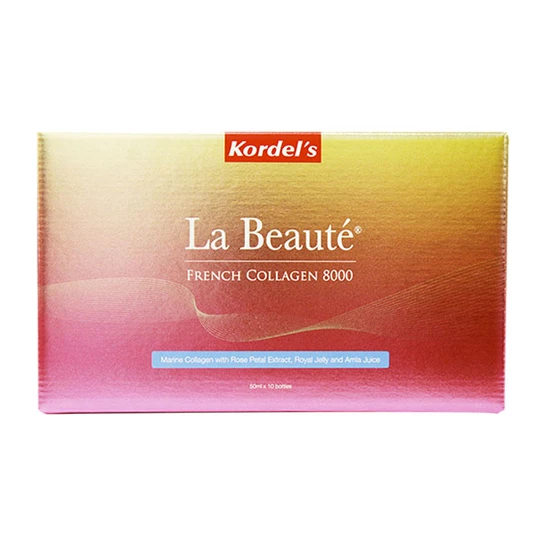
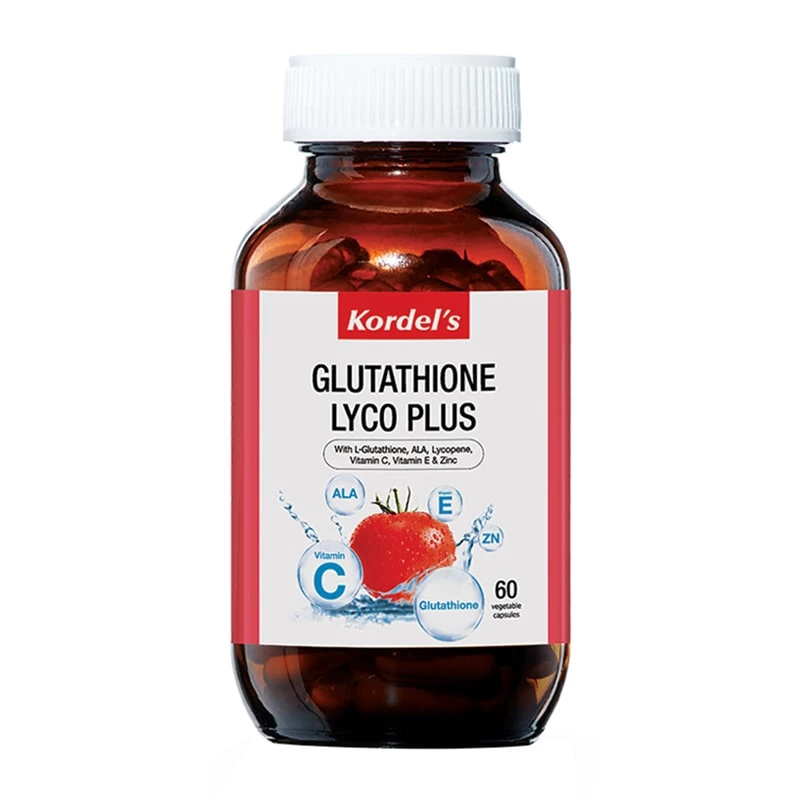
Blog Comments